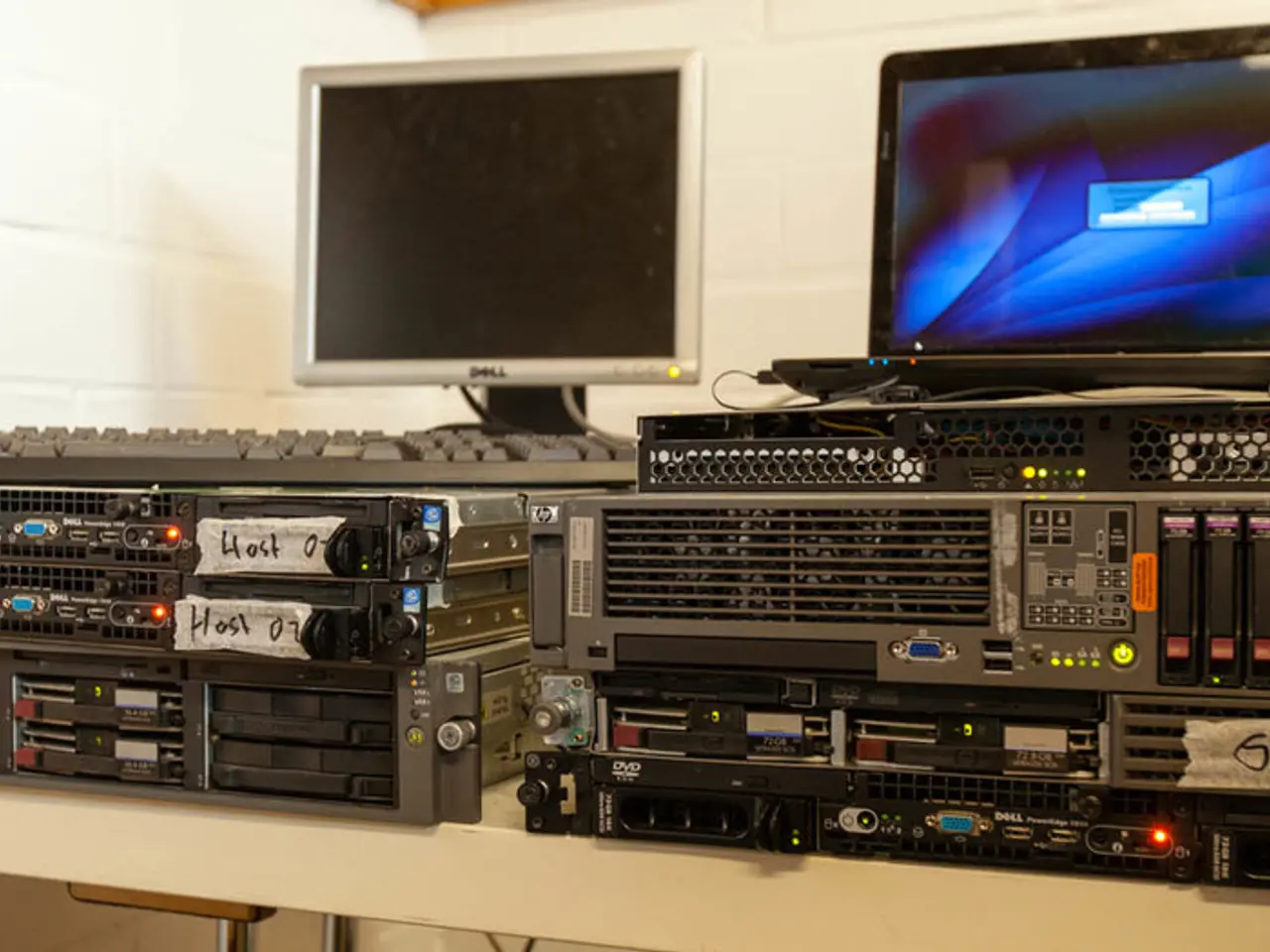EMC Compliance Assessment Through Digital Simulation
In a groundbreaking webinar presented by Scott Piper, Senior SIMULIA Industry Process Consultant at Dassault Systèmes, the benefits and workflows of using electromagnetic (EM) simulation for virtual Electromagnetic Compatibility (EMC) compliance testing were highlighted.
As electronic products become increasingly complex, ensuring they comply with a range of international EMC standards before market launch has become a time-consuming and costly process. Traditionally, this has involved building physical prototypes and performing pre-compliance physical tests. However, Scott Piper's webinar emphasizes that integrating EM simulation methodologies into the EMC compliance testing workflow provides a powerful virtual environment to predict, analyze, and mitigate EMC challenges early and efficiently.
The key benefits of using EM simulation for virtual EMC testing include early design validation, cost and time efficiency, comprehensive analysis, improved accuracy and predictability, design optimization, risk mitigation, and more. By allowing engineers to evaluate EMC performance early in the product development cycle, virtual testing significantly cuts down expenses related to physical prototypes and lab testing, accelerating time-to-market.
Simulations can cover a wide range of EMC phenomena—including radiated and conducted emissions and susceptibility—under various operating conditions. Advanced solver algorithms can model complex geometries and materials with high fidelity, leading to better prediction of real-world EMC behavior. Simulation tools also allow for rapid tweaking and optimization of PCB layouts, shielding, grounding, and filtering strategies to ensure compliance.
The typical workflow for virtual EMC compliance testing using EM simulation involves importing and setting up 3D CAD models of the electronic assembly, defining electromagnetic properties for all materials and setting simulation boundaries relevant to the EMC test scenarios, creating a computational mesh, choosing appropriate solvers and configuring simulation parameters, running simulations to analyze electromagnetic fields, currents, and interference sources, examining results to identify non-compliance or weak points, using insights from simulation to modify the design, re-simulating to verify improvements, and documenting simulation results and compliance status.
Scott Piper, who has worked almost 20 years as an electromagnetic compatibility (EMC) engineer in the automotive and aerospace industries, has chaired the IEEE EMC Society's technical committee on computational electromagnetics and given presentations for the Institute of Electrical and Electronic Engineers (IEEE) EMC Society as a distinguished lecturer. This webinar, sponsored by Dassault Systèmes, offers an overview of electromagnetic simulation methodologies and focuses on virtual tests for EMC compliance. Companies looking to reduce development costs and accelerate product release cycles will find this webinar invaluable.
Technology, such as data-and-cloud-computing, plays a crucial role in streamlining virtual EMC compliance testing by providing powerful computational resources for EM simulations. Leveraging these advanced technologies, engineers can run simulations quickly to analyze electromagnetic fields, currents, and interference sources, cutting down on the time and costs associated with physical prototypes and lab testing.








